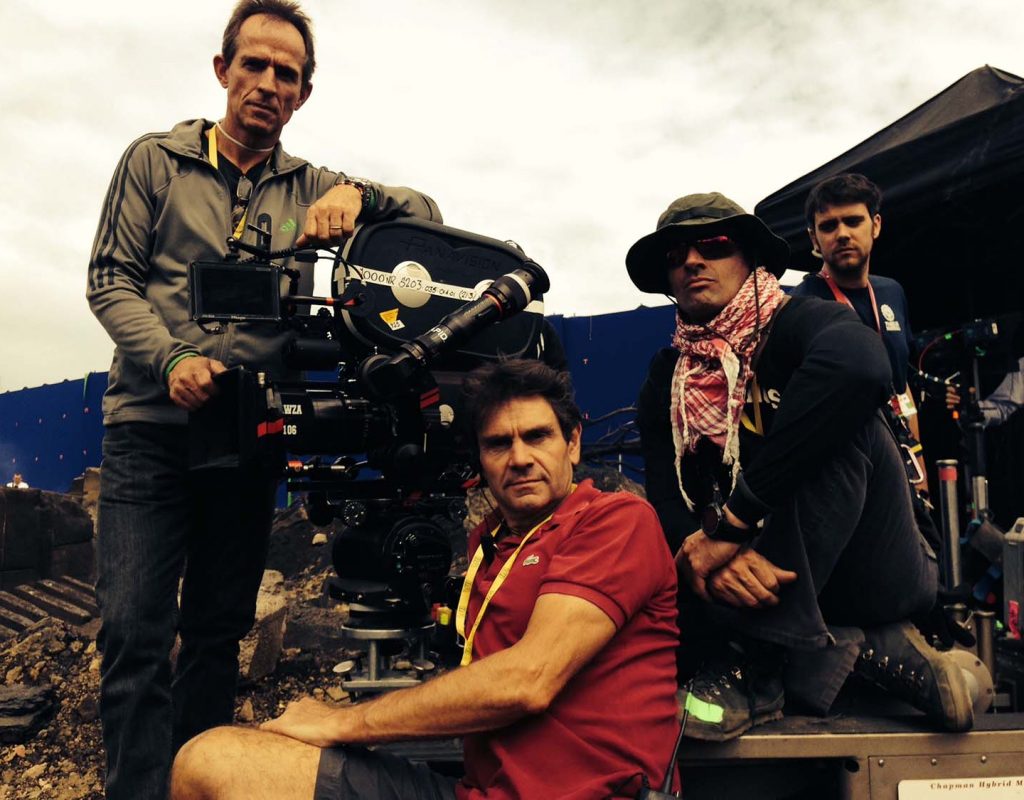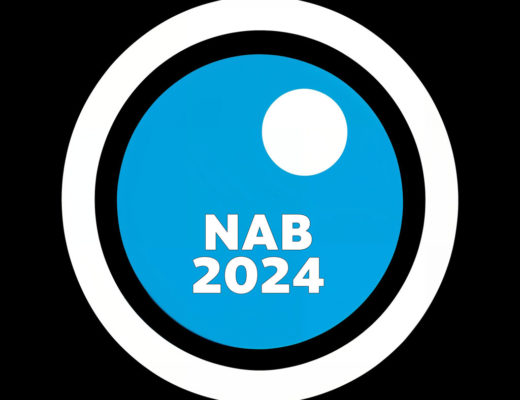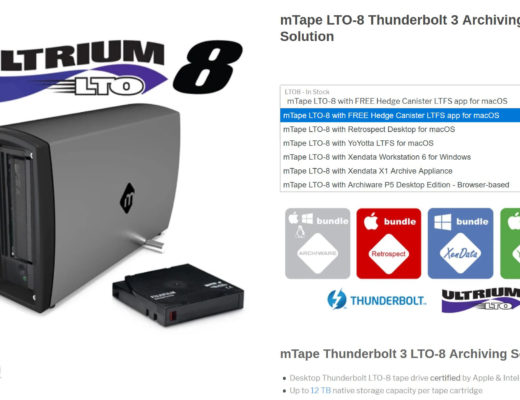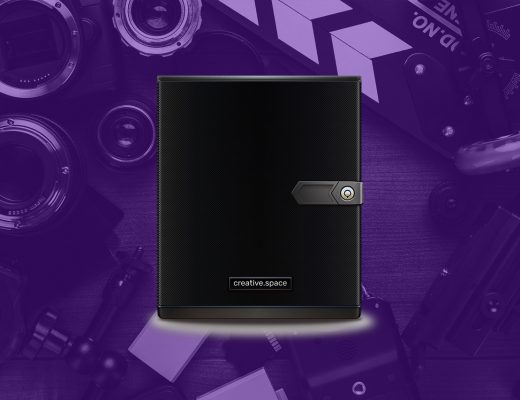DAM is the environment where we people, processes and systems connect around digital information to be able to deliver the message to the customer faster, more cost effective and with a tightly controlled brand identity.
DAM is the full stack of
– a repository, managing the unique version of the ‘digital truth’,
– a processing and/or workflow system to allow people to share and collaborate
– and a reporting tool to keep track of the information between people, processes and systems.
At its root, digital asset management is a set of processes which provides a way to store your stuff so you can find it later. It has many parallels with resource and inventory management processes. As we build upon the foundation, we define tools sets (index cards, printouts, enterprise software) to assist with the core requirement. These tools bring additional capabilities which are then added to an overall solution (i.e., while DAM software can manage where something is, conversions, transcode, workflow and more can be built atop the software foundation. As more is built on the foundation, the baseline expectation of a DAM user continues to rise.
In the current market, I would consider DAM as the combination of tools and processes required to manage storage and retrieval of massive number of assets. Additional functionality is useful but is mainly business process and workflow which can leverage the core DAM, rather than DAM itself.
Source Widen Ask Dr Dam
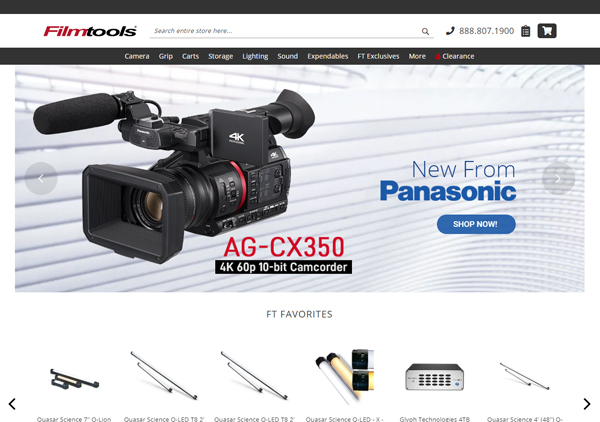
Filmtools
Filmmakers go-to destination for pre-production, production & post production equipment!
Shop Now